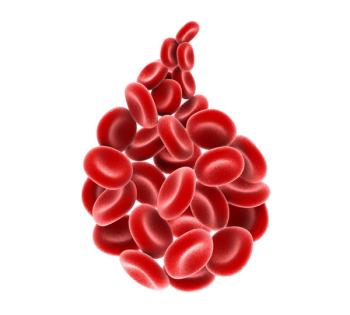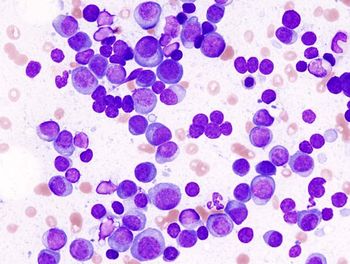
Sharpening the Prostate Cancer Toolkit: Practical Insights on PSMA Imaging
Experts weigh in on the practical applications of PSMA PET imaging
Biochemical recurrence can be a clinical tightrope walk. The latest Oncology Decoded episode highlights prostate-specific membrane antigen (PSMA) PET imaging, offering a practical, expert-led exploration of how this advanced modality is moving beyond theoretical benefits to become a cornerstone in the management of advanced prostate cancer.
The panel included:
- Manojkumar Bupathi, MD, MS, executive cochair of the Genitourinary Cancer Research Executive Committee at Sarah Cannon Research Institute (SCRI) and medical oncologist with Rocky Mountain Cancer Centers specializing in solid tumors and genitourinary cancers;
- Benjamin Garmezy, MD, associate director of genitourinary research and executive cochair of the Genitourinary Cancer Research Executive Committee at SCRI and medical oncologist at SCRI Oncology Partners specializing in genitourinary cancers, underscored the curative potential of adjuvant therapy in kidney cancer;
- Mike Lattanzi, MD, a genitourinary medical oncologist from Texas Oncology;
- Damian N. Sorce, MD, a urologist from Colorado Urology.
A key theme throughout the episode was the practical application of PSMA PET scans. The panelists share their experiences and insights on how PSMA imaging is impacting risk stratification in patients with prostate cancer. They discuss its role in identifying early metastatic disease, particularly in the context of biochemical recurrence after primary treatment. The ability of PSMA PET to detect bone lesions and lymph node involvement with greater sensitivity and specificity compared with conventional imaging is highlighted as a significant advantage in guiding treatment decisions.
The conversation touches upon the integration of PSMA imaging with established treatment modalities, such as androgen deprivation therapy (ADT) and radiation therapy. The experts discuss how PSMA findings can influence the timing and extent of these treatments, potentially leading to more personalized and effective approaches. For instance, the identification of oligometastatic disease through PSMA PET may guide the use of targeted therapies like stereotactic body radiation therapy (SBRT) in conjunction with systemic therapies.
Risk stratification emerges as a crucial aspect of utilizing PSMA imaging effectively. The panelists discuss how PSMA results can help differentiate between patients with localized recurrence amenable to salvage therapy and those with more widespread disease requiring systemic intervention. This improved risk assessment allows clinicians to tailor treatment strategies, potentially avoiding overtreatment in some cases and ensuring timely and aggressive therapy in others.
The importance of a multidisciplinary care team is implicitly underscored throughout the discussion. The interaction between urologists and oncologists, as represented by the panelists, highlights the need for seamless collaboration in interpreting PSMA imaging results and formulating comprehensive treatment plans for patients with advanced prostate cancer.
Newsletter
Stay up to date on recent advances in the multidisciplinary approach to cancer.

















































































